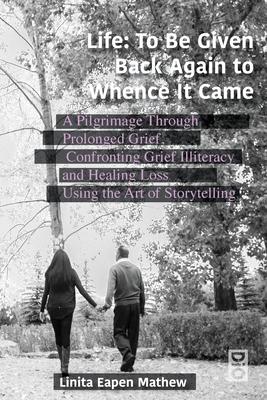The death of a loved one can crash into our lives like a catastrophic tsunami. Grieving means learning how to respond to the rough and relentless waves that rise up and down, directing us-if we listen-through the murky waters of bereavement. When we journey through the tragic and painful circumstances of loss, grief can alter our physical, social, psychological, behavioral, and spiritual well-being and even grow us. Although loss is a universal occurrence and models have been created to meet some of the needs of those experiencing grief, advancement in the design of innovative tools has been slow, and some well-known grief models are outdated, limiting the evolution of good practices within and outside of clinical care. We, as a society, are predominantly grief-illiterate. Indeed, a lack of grief education in schools and our unwillingness to openly talk about death and discuss its impact hinder our ability to move through grief effectively and transition into reconciliation. Thus, a revolution in the way we interact with grief is needed.
In Life: To Be Given Back Again to Whence It Came, Linita Eapen Mathew intimately explores the phenomenon of grief through her own subjective experience when faced with the devastating loss of her father. By examining current grief literature, this book defines grief and contemporary grief theories and models, detailing these elements against the force of her severe and prolonged mourning. She offers insight into a second, eastern worldview lens by narrating the impact of Indian Christian mourning traditions and reviewing the efficacy of ongoing rituals and communal grieving. Then, in search of refining a therapeutic writing tool that targets bereavement-using first-person narrative writing-she moves to investigate the therapeutic value of storytelling on her healing.
Mathew provides a thorough analysis of her autoethnographic data (41 stories) alongside a review of trauma's effect on the brain and previous expressive writing literature. The emerging themes from her own stories are then woven with the expertise of prominent therapeutic writing researchers to create a guided unit for educators to support student bereavement in schools using the art of storytelling.
This book is a voice, a companion, and a tribute to all who have lost a loved one.
